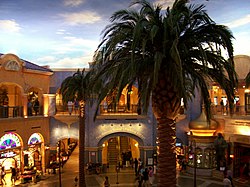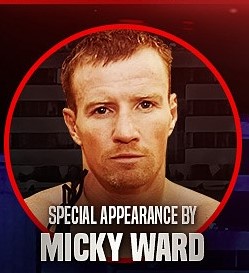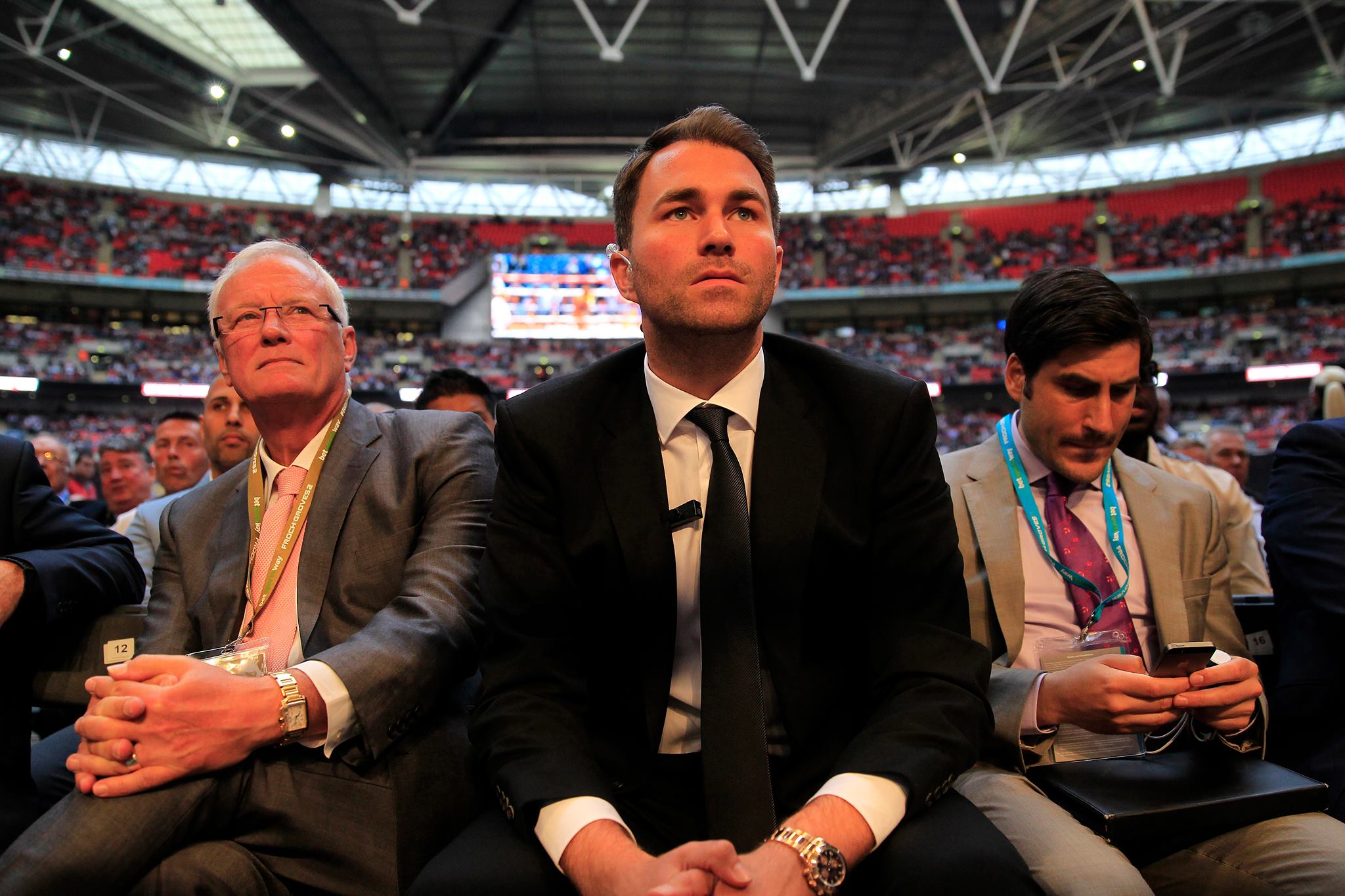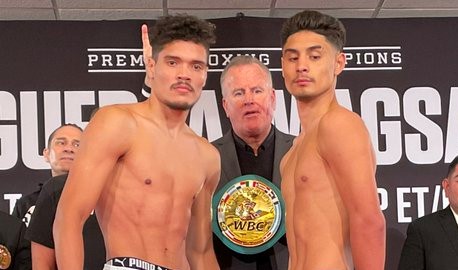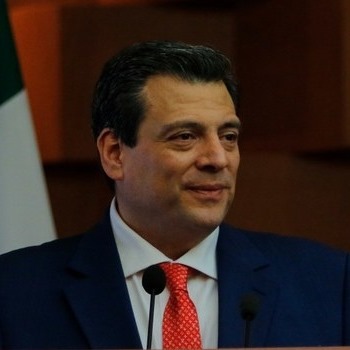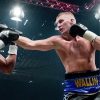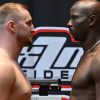No doubt boxing aficionados love a fighter who enters the ring with a dog collar around his neck. Alfredo Angulo, known as “El Perro” for his ferocity in the ring, will try to put the bite on former welterweight titleholder Kermit Cintron tomorrow night in the chief support for the Andre Berto-Juan Urango clash at the Seminole Hard Rock Hotel and Casino in Hollywood, Florida.
Like fellow prospect James Kirkland, Angulo, 15-0 (13), has cut a short, violent swath to stardom. Fighters with his kind raging temperament are few and far between these days and it is no surprise that Angulo has become so popular in so little time. Angulo, who represented Mexico as a middleweight in the 2004 Olympics, is, simply put, the personification of mayhem in the ring. But does this mean his fight with Cintron is a mere formality? Incredibly, Cintron, 30-2-1 (27), is as much as a 3-1 underdog on some books, and his edge in experience and, perhaps, skill, hardly seems to matter to the Smart Money. There is the possibility, however, that this fight is not the walkover it has been made out to be.
Although Angulo is a destructive offensive machine, some dark hints about his durability have surfaced over his last few fights. Being rattled by competent welterweight Richard Gutierrez in their vicious thriller of 2008 can be considered the byproduct of competitive matchmaking; being stunned by journeyman Cosme Rivera, a late substitute who has fought most of his career at junior welterweight, is inexcusable. Angulo, who also suffered a cut against Rivera, gets hit with startling regularity. Against a skilled professional with power, this flaw will prove both costly and painful. Kermit Cintron has the power, no doubt, but is he professional enough to fight through the rough patches he is sure to encounter against Angulo?
Recent form is often one reason why fighters are matched, and it seems clear that Gary Shaw, who promotes Angulo, sees Cintron as a walking bill of goods these days. In his last fight, Cintron looked dreadful against Sergio Martinez, but his flat performance was nearly lost in the fog of one of the most outrageous decisions in recent memory. After being outpunched and outboxed from wire to wire, Cintron was rewarded with a bewildering draw, but the scorecards pale in comparison to the incompetence of referee Frank Santore, Jr., who counted Cintron out after a knockdown only to change his mind and let the fight continue a few minutes later. Not content with nullifying a KO and absurdly calling for a “Do Over” (as if boxing can be conducted by the rules of stickball), Santore, Jr. went on to steal the victory from Martinez outright by deducting a point from the Argentine in the last round of the fight.
Luck, something Cintron has not seen much of in a strange career that saw him win the vacant IBF welterweight title in 2006 on a card broadcast only on the Internet, got Cintron to the final bell that night. But make no mistake about it: “The Killer” has now been stopped three times in his career–twice by Antonio Margarito and once by Sergio Martinez. Cintron was clearly short-circuited by a straight southpaw left from Martinez, who is not considered a serious puncher, and it is possible that the Angulo camp believes Cintron has lost his resistance to punishment. But Martinez is a shifty boxer with fast hands and slick defensive skills, and these are not traits Angulo possesses. Instead, Angulo is a relentless bomber whose high-pressure style reminds some of Antonio Margarito. This, too, it seems, is a bad omen for Cintron, who has earned a reputation over the years for meltdowns while under pressure. At times Cintron looked noticeably distressed being pushed by David Estrada and Jesse Feliciano, light punchers with limited talent. Unlike Estrada and Feliciano, however, Angulo has dangerous power and subtle skills that belie his image as a rampaging berserker. His punches are compact and thrown in combination. Uppercuts, hooks, straight rights, jabs, and bodyshots: Angulo throws them all with precision. In addition, Angulo has turned southpaw on occasion and will smartly switch angles on the inside against a stationary target. He is also a coldblooded finisher and enters the ring, trained by Clemente Medina, in peak condition for every fight.
Although character, or lack of it, seems to be his biggest flaw, Cintron showed grit by stepping into the ring for a second bout with Antonio Margarito, who demolished him in 2005. The rematch was more competitive, but Cintron was counted out after taking a left hook to the body in the sixth round. No one will ever know if Margarito, as has been hinted, entered these bouts with doctored gloves. Each fight must be, at this point, taken at face value, and what matters, at face value, is the fact that Cintron collapsed each time the pressure was stepped up. Will Cintron also unravel against Angulo?
Common sense dictates that Angulo will overwhelm Cintron and stop him somewhere in the middle rounds. He is bigger, younger, and fresher. But Cintron has the advantage in reach, skill, and experience. In nine years as a professional, Cintron has fought for a slew of minor titles—whose sum total may well add up to less than zero; the fights themselves, however, were each important steps for his development. If he can keep his composure, Cintron will be able to neutralize a perceived advantage for Angulo–superior nerves–and even the playing field, so to speak.
In that case, this fight comes down to tactics. Cintron is a better boxer than Angulo, but he does not have the footwork to keep “El Perro” off balance regularly, nor does he have the slick defensive skill to avoid punches for long. He does, however, possess a sharp left hook, one that is especially effective as a counter, and a jarring right cross. More importantly, perhaps, is an uppercut that seems made to order for a straight-ahead fighter like Angulo. If an opponent stands in front of Cintron he is likely to get pole axed. Only Antonio Margarito, whose superhuman endurance was legendary until he ran into Shane Mosley, has proven otherwise. Among the brawlers who paid the price for mixing it up with Cintron are Teddy Reid, Walter Matthysse, David Estrada, Jesse Feliciano, and Mark Suarez.
Cintron must set the pace early and back Angulo up in an effort to gain respect. If Angulo begins to fight defensively, as he did in spots against Richard Gutierrez, then Cintron will have gained an enormous edge early and may be able to take his less experienced opponent out. Even at 154 pounds his big right hand might be too much for Angulo to walk through. For Angulo to win, he will have to concentrate on the body more than usual and then shift his rapid-fire attack to the head, where he can take advantage of openings Cintron offers by consistently dropping his left hand. There is no Plan B for Angulo. He will bring the pain from the opening bell until the smoke clears.
Either way, this fight will not go the distance. Cintron, the underdog, has more to fight for and, at 29, has less time to do it in. He realizes that this may be his last chance to stay in the Big Money. If he wins, Cintron will be in the mix with Shane Mosely, Andre Berto, Paul Williams, and Miguel Cotto. If he loses, the long comeback road–non-televised bouts in Pennsylvania, ESPN main events for short change, and maybe one or two semis as an opponent on HBO–may as well have signposts staked every 100 feet that read: “Abandon All Hope Ye Who Enter Here.” Boxing is too unforgiving a sport for starting over. For Cintron, then, this fight is an audition for the role of steppingstone. It is a part he does not want to play. Look for Cintron to control his emotions and stop Angulo somewhere around the 8th or 9th round.
ANDRE BERTO – JUAN URANGO PREVIEW
Today, fighters are stars before they even become fighters, and Andre Berto, who faces Juan Urango tonight at the Seminole Hard Rock Hotel and Casino in Hollywood, Florida, is one of the beneficiaries of a system whose hidden blueprint must surely resemble that of the Winchester House in San Jose.
After struggling to win a disputed decision over contender Luis Collazo in January, Berto, naturally, is back on the HBO entitlement program and once again facing handpicked opponents for big money in the midst of a global recession. In fact, both fights on this HBO broadcast feature “rising stars” against fighters out of their natural weight classes. In the opener, hot junior middleweight prospect Alfred Angulo faces erratic former welterweight titleholder Kermit Cintron. At least Urango is not a former junior lightweight like Steve Forbes, whom Berto grotesquely outpointed last year over twelve freakish rounds. Berto, who made his pro debut at 162 pounds, resembled a Brobdingnagian against Forbes, who made his pro debut at 132 pounds in 1996 when Berto was twelve years old.
Berto makes the third defense of the WBC welterweight bauble he won in 2008 against hapless “Miki” Rodriguez. There is no excuse for Berto, 24-0 (19), to fight someone so much smaller when he is in a division that includes Shane Mosley, Miguel Cotto, Joshua Clottey, Zab Judah, Carlos Quintana, Luis Collazo, and Kermit Cintron. Even an exciting fringe contender like Delvin Rodriguez might be included somewhere in that mix. But when there is a potential “star” to be born, HBO is usually there to play midwife, as it did recently for Chad Dawson in his laughable bout with Antonio Tarver in a rematch of a fight so without merit it drew less than 1,000 fans. There is a strange otherworldliness to the fact that “star” athletes in boxing often face poor competition. Yes, the Sugar Ray Leonard model long ago gave way to that of Roy Jones, Jr. The stars of boxing, it seems, are beautiful people.
Kermit Cintron is not a star, and he has proven it by fighting Antonio Margarito, Sergio Martinez, and Alfred Angulo in the span of about a year. Kendall Holt is not a star, and he has proven it by fighting Tim Bradley, Demetrius Hopkins, and Ricardo Torres in less than a year. With the exception of Manny Pacquiao, Shane Mosley, and Bernard Hopkins, most fighters considered “stars,” or even worse, “rising stars,” step into the ring with full-time police officers, refugees from “The Contender,” boxers two or three divisions above their natural weight classes, gimpy 39 and 40 year-olds, and bodyfarm tenants supplied by the same cloak and dagger sanctioning organizations certain media outlets profess to loathe. Nine out of ten times they broadcast these mismatches anyway. All fighters deserve a soft touch now and then, but the hoopla–and the pay–should be commensurate with the quality of opposition.
Juan Urango, 28, incredibly, has won six titles in 23 bouts for an obscene ratio of 1 title for every 3.8 fights. Some of the obscure trinkets he has won include: the WBC Latino Light Welterweight title, the IBF Latino Light Welterweight title, the WBC Latin American Light Welterweight title, and the IBO Light Welterweight title. He has also twice captured the prestigious IBF Light Welterweight title. His attempt to wrest the WBO NABO Light Welterweight title ended in disappointment in 2004 when he fought to a draw with Mike Arnoutis. Only in this day and age can a fighter with 23 pro bouts be a two-time “world” champion, but paper titles will not help Urango in the ring unless he has them all melted down before the fight and molded into a quarterstaff or a shillelagh.
Urango, originally from Colombia but now based out of Florida, is a sturdy banger with a monopoly on the word SLOW. He is slow of hand and foot. His jab is slow, which is why, no doubt, he seldom throws it. Often, even the beads of sweat that roll down his forehead appear slow. Compared to Berto, in fact, Urango resembles a man shadowboxing deep inside the Messel Pit. His arcing blows, thrown with the motion of a man swimming against a particularly rough tide, are often so wide of the mark that Urango routinely sails over his own shadow. Poor balance and negligible head movement are not the best ingredients to bring into a match against Andre Berto, a gifted prospect blessed with speed, power, and athleticism.
Urango is tough and determined, but lesser fighters than Berto, namely Naoufel Ben Rabah and Mike Arnoutis, have given Urango fits, and Ricky Hatton, of all people, boxed circles around him in 2007. Urango was awarded one round by each judge against Hatton. This does not bode well for Urango. Nor does the fact that his fight with Berto will be only his seventh ring engagement in four years and his first at 147 pounds. It remains to be seen whether Urango, 21-1-1 (16), will carry his considerable power up to welterweight. If not, then it is merely another disadvantage added to a long list of disadvantages for Urango to contend with in the ring. Berto is younger, bigger, faster, and has sleight pulls in both height and reach. He has been more active than Urango over the past few years and has the additional benefit of corporate backing.
At 140 pounds, Urango is a hardcase for anybody because of his crippling power and his southpaw stance. His work rate, chin, and stamina are also above average. These assets offset, somewhat, his elemental approach to boxing, but at welterweight, against an offensive machine like Berto, he appears to be badly outclassed. Of course, since Berto, despite being on HBO seven times, has only fought one opponent of note, it is impossible to tell what will happen if Urango fights above himself or lands some hurtful shots. Failing some extraordinary happenings, however, Berto will likely pound out a clear unanimous decision and continue to receive the star treatment.
http://www.thecruelestsport.blogspot.com

